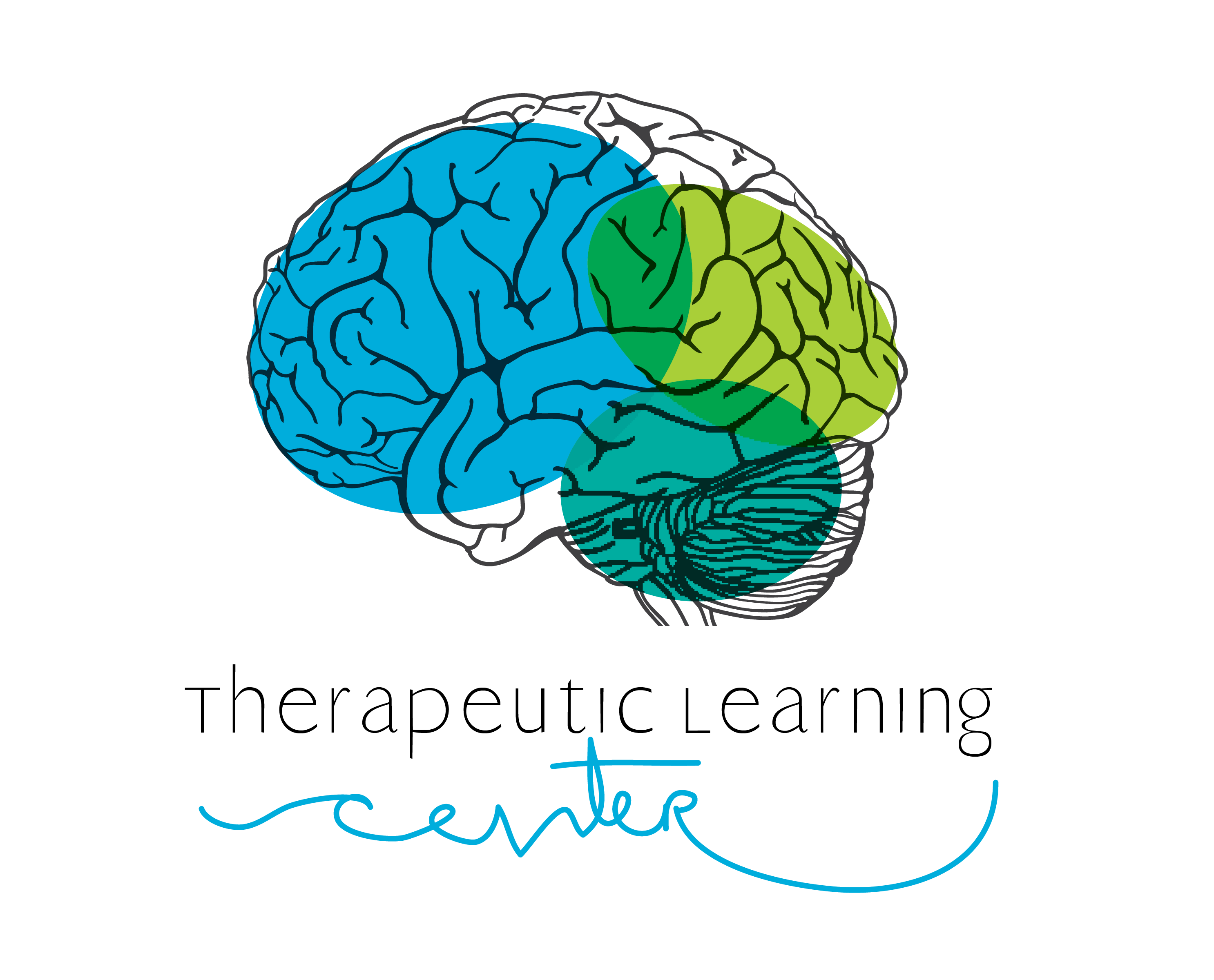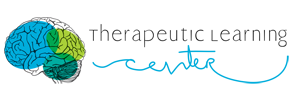As many as 20% of people in the United States have a learning disability and in 2007, an estimated 2.7 million children aged 6 to 11 years were affected. Learning disabilities often prevent children from reaching their full potential. They can have difficulty learning to listen, speak, read, spell, write, reason, concentrate, solve mathematical problems,Read more



